SERGEANT
Table of contents:
Read SERGEANT Background
Read System Chronology
View Photos
The SERGEANT was a short-range, surface-to-surface missile designed to replace the CORPORAL missile. First deployed in September 1962, the SERGEANT was replaced by the third-generation LANCE missile system beginning in mid-1973. The last SERGEANT battalion in the U.S. Army was phased out in May 1977.
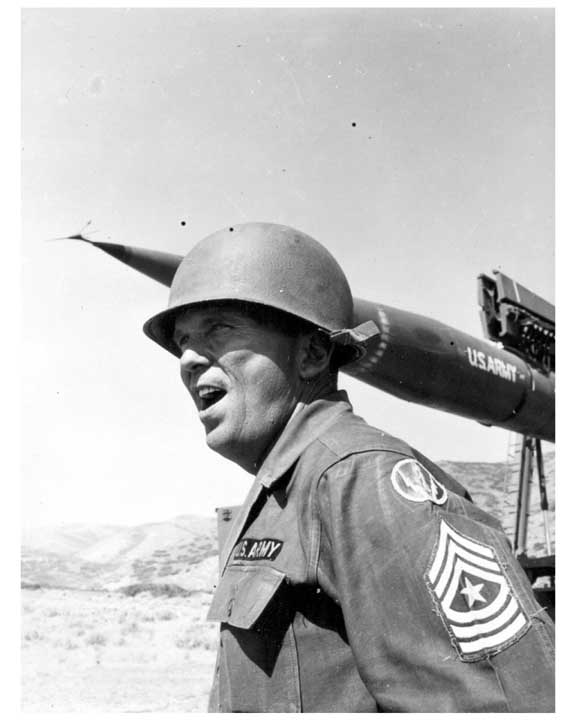
System Chronology
|
July 1965 An in-house research effort was started at Redstone Arsenal from which evolved the automatic infrared (IR) command guidance concept on which the tube-launched, optically-tracked, wire-guided (TOW)/Heavy Antitank Weapon (HAW) system was based. April 51 Ordnance Corps terminated work on the early SERGEANT. The program failed to produce an acceptable rocket motor for tactical missile application, but it did make important contributions to solid propellant technology and to the rocket motor eventually bearing the name SERGEANT. 30 November 53 JPL/California Institute of Technology (CIT) was awarded a contract supplement for continuation of the SERGEANT study. 11 June 54 Chief of Ordnance Issued a planning schedule which transferred responsibility and authority for the technical control and supervision of the SERGEANT project from the Office, Chief of Ordnance (OCO) to the Redstone Arsenal Commander. 7 October 54 Army Field Forces recommended that development of the SERGEANT system be undertaken immediately. January 55 JPL, as prime research and development contractor, began the development of the SERGEANT under a supplement to the existing research and development contract of 30 November 53. Redstone Division, Thiokol Chemical Corporation served as subcontractor to JPL for the design of rocket motor metal parts and conducted the remainder of the motor program. 1 January 55 Ordnance formally initiated the SERGEANT project and placed it under the technical supervision and control of Redstone Arsenal. 11 January 55 The Redstone Arsenal Commander announced the initiation of the SERGEANT development program and designated a SERGEANT Project Engineer. 16 June 55 Secretary of the Army approved the military characteristics for the SERGEANT and formally established the SERGEANT Project (DA 516-05-009) with lA priority. 22-23 February 56 Sperry Gyroscope Company was selected as the co-contractor for the SERGEANT project. The company was to work in close cooperation with JPL throughout the design and development of the weapons system through initiation of production for military use. As a result, the production contractor—Sperry--would have a thorough working knowledge of the entire system design and be prepared to assume full weapon system responsibility soon after the completion of the development program. March 56 The co-contractual relationship began when JPL placed a letter order subcontract with Sperry. This subcontract was finalized on 15 June 56. 1 April 58 The SERGEANT project was transferred from Redstone Arsenal to the U.S. Army Rocket and Guided Missile Agency (ARGMA). 5 November 58 Office, Chief of Research and Development approved the classification of the SERGEANT missile system as limited production. The Secretary of the Army approved the implementing action on 2 April 59. 1 July 60 JPL was phased out of the SERGEANT program and Sperry Utah Company (SUCO) assumed the role of prime contractor. 1 August 60 Commodity management responsibility for the SERGEANT was transferred from ARGMA to the U.S. Army Ballistic Missile Agency (ABMA). 28 September 61 The SERGEANT development program was essentially completed with the flight of the last research and development missile. June 62 The SERGEANT was first deployed. However, the SERGEANT readiness date was met with less than full support capability. 30 June 62 Two U.S. SERGEANT tactical battalions and three Ordnance supply units were activated and undergoing training. 1 August 62 The SERGEANT Project Office was activated at MICOM. March 63 The first U.S. SERGEANT battalion was deployed overseas. 1963-1964 Three Military Assistance Program (MAP) SERGEANT battalions were deployed to Germany. 1964 The last missile buy for the SERGEANT weapon system was made. September 64 Between January 62 and September 64, all seven Army SERGEANT battalions and support units were equipped, trained, and deployed: one to the Strategic Army Corps; five to Europe; and one to Korea. 1965-1966 The last MAP SERGEANT battalion was deployed to Germany. 27 June 68 Assistant Chief of Staff for Force Development (ACSFOR) formally approved the reclassification of the SERGEANT from limited production to Standard A. 1 July 69 The phaseout of the SERGEANT Project Office began. 15 October 69 The SERGEANT Project Office was abolished and the SERGEANT Commodity Office was established to assume residual functions for the system. 6 April 70 The SERGEANT Commodity Office was discontinued and its functions were incorporated into the new Land Combat Special Items Management Office. 23 June 70 The four U.S. SERGEANT units in Germany were reconstituted as two double- strength battalions. May 77 The last SERGEANT battalion was phased out of the U.S. Army. |
SERGEANT Photos
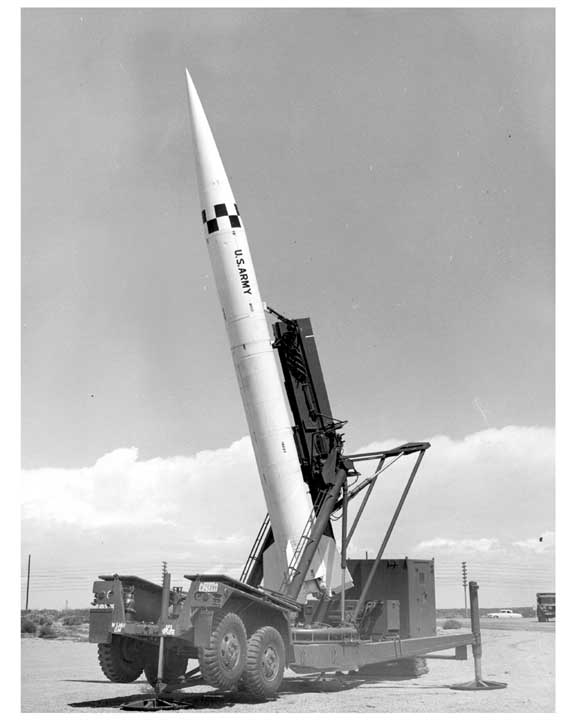 |
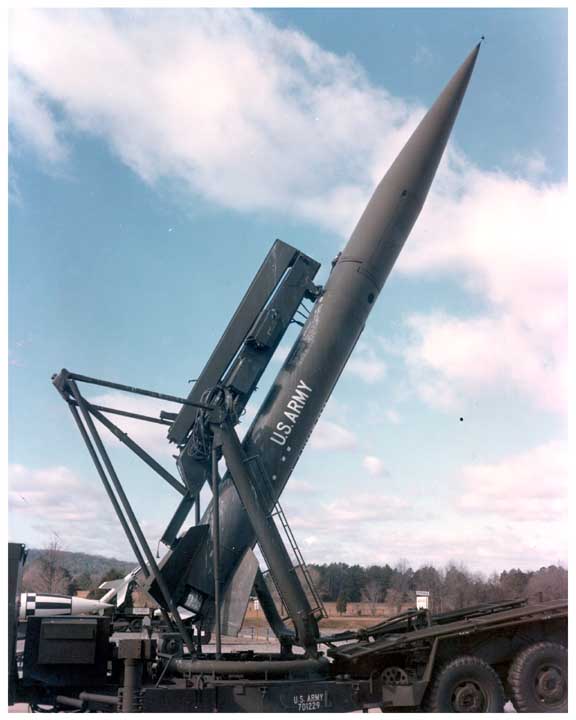 |
 |
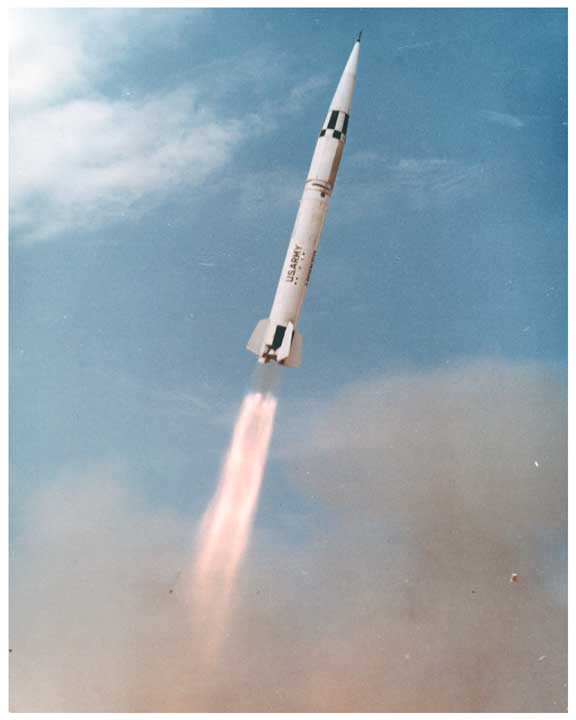 |
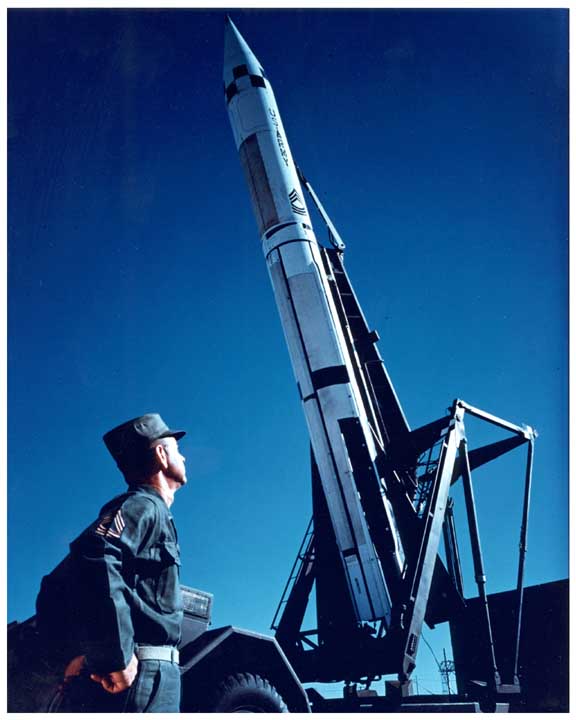 |
 |
